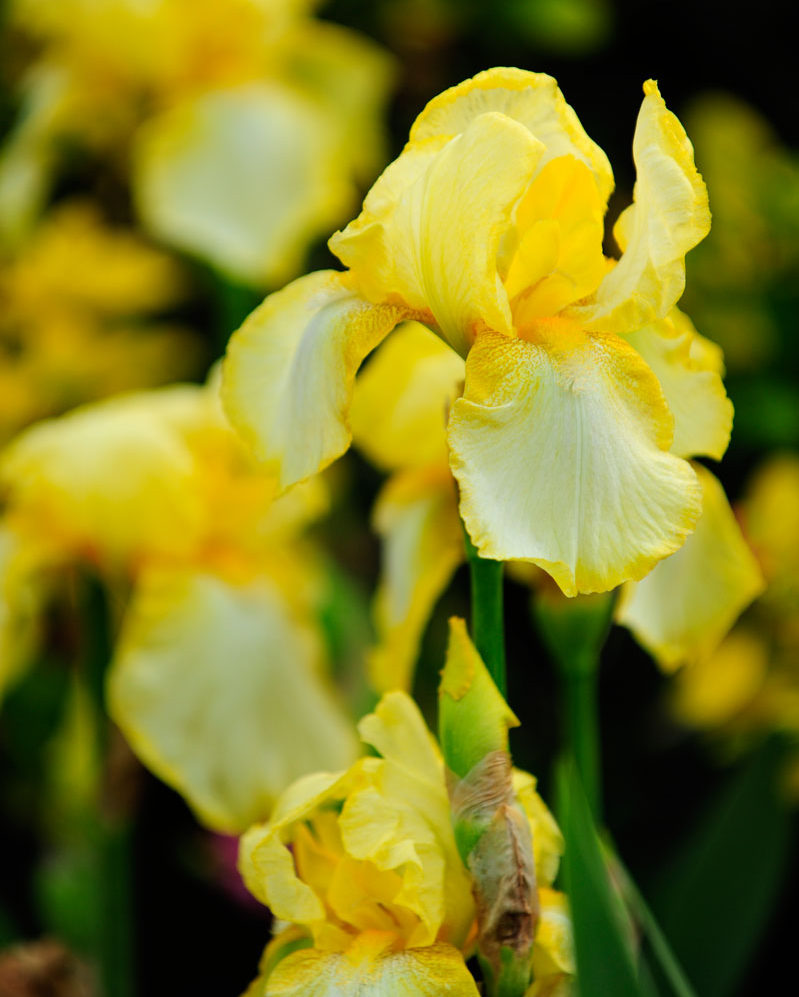Like floral exclamation marks, irises herald that spring has sprung. We’ve rounded up the different types to help you decide which ones are right for your garden, here’s what you need to know about growing irises.
READ MORE: Growing bougainvilleas
Bearded iris
Bearded irises are one of the great boons of a spring and early summer garden mainly because of the sheer impact they make when in full bloom, the ease of their cultivation and the fact that they come in an almost limitless colour palette. This includes blue, an uncommon hue in flowers, purple and almost black. Shades of gold, apricot, orange, russet and dusky burgundy are popular, while many cultivars have flowers rimmed with yellow or white, or vivid splotches of a contrasting colour.
Growing tips
Bearded irises do best in full sun, preferring a well-drained alkaline or neutral soil, but will grow happily throughout South Africa in a wide variety of soils. They’re generally pest free and, if the plants are well cared for, should grow year after year without any fuss.
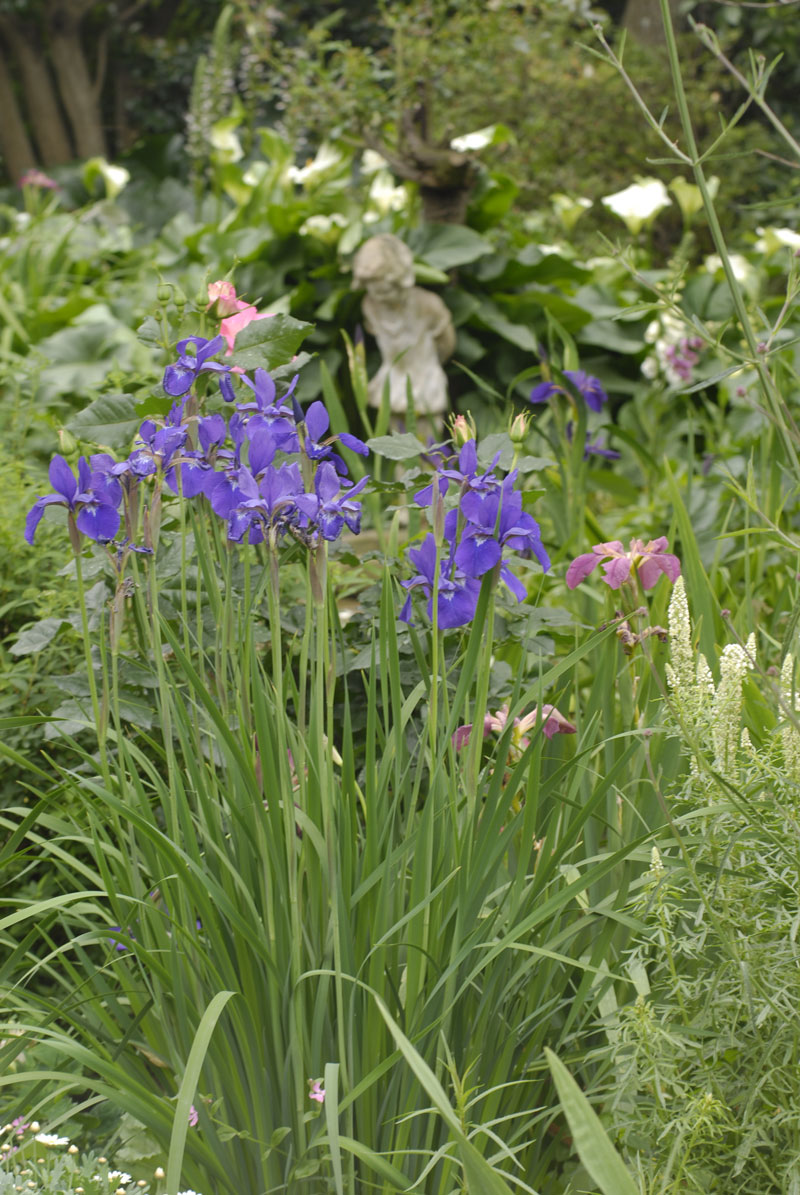
Siberian iris
Siberian irises begin blooming in September and October and can be planted in either spring or autumn. As vigorous growers, they can be left in one place for several years, although they will take some time to establish after planting.
Growing tips
Siberians must be kept moist, but not wet, at all times and planted at least 45cm apart. Never cut them back, but remove the dead leaves and flowers in early spring when the small pointed green shoots appear. They are hardy plants and tolerate low temperatures requiring no protection in winter.
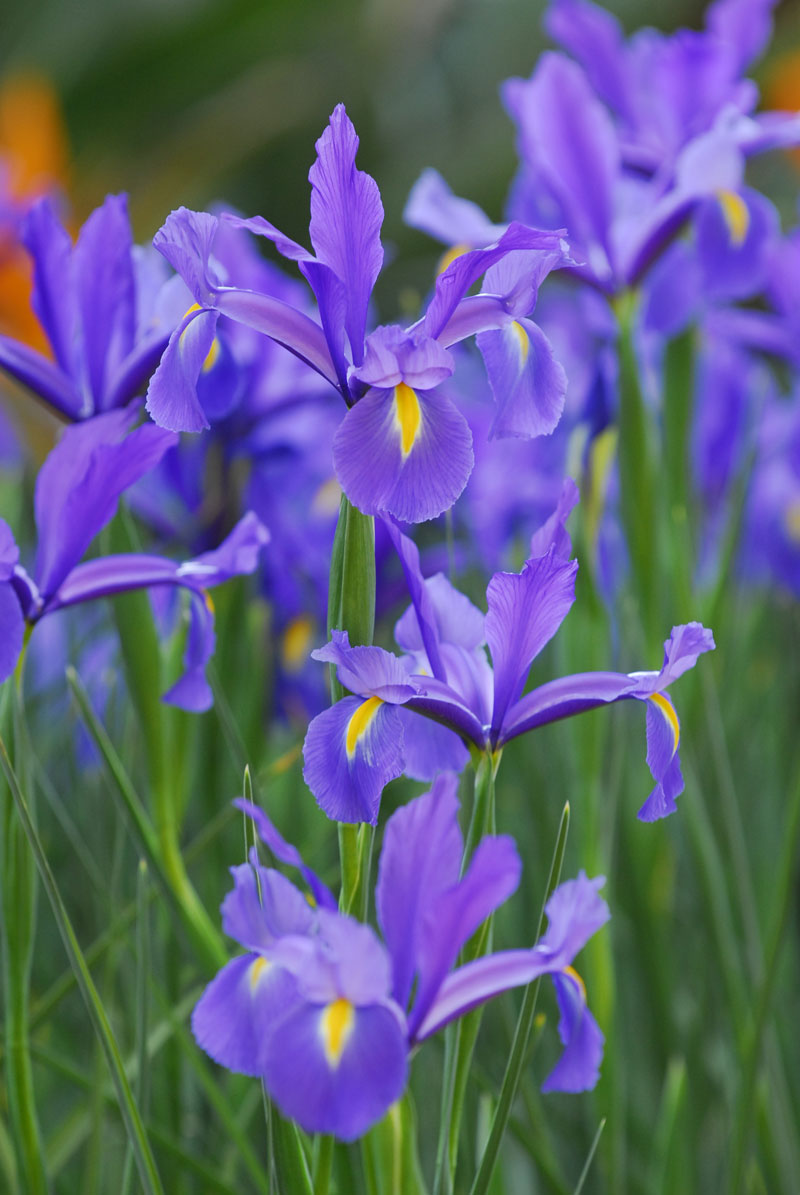
Dutch iris
Planted in autumn, beardless Dutch irises are bulbs that grow in winter, flower in early spring and are dormant during summer. The blooms can be found in florists almost all year round because professional flower growers trick the bulbs into flowering out of season, using temperature manipulation – a technique also used on lilies and tulips. Untreated iris bulbs are available in nurseries and supermarkets from the end of February.
Growing tips
Plant your bulbs in full sunlight or light, dappled shade; they make excellent accent plants when planted in tight groups in your herbaceous border. The flowers grow to about 50cm high, so don’t plant them in front of low-growing plants.
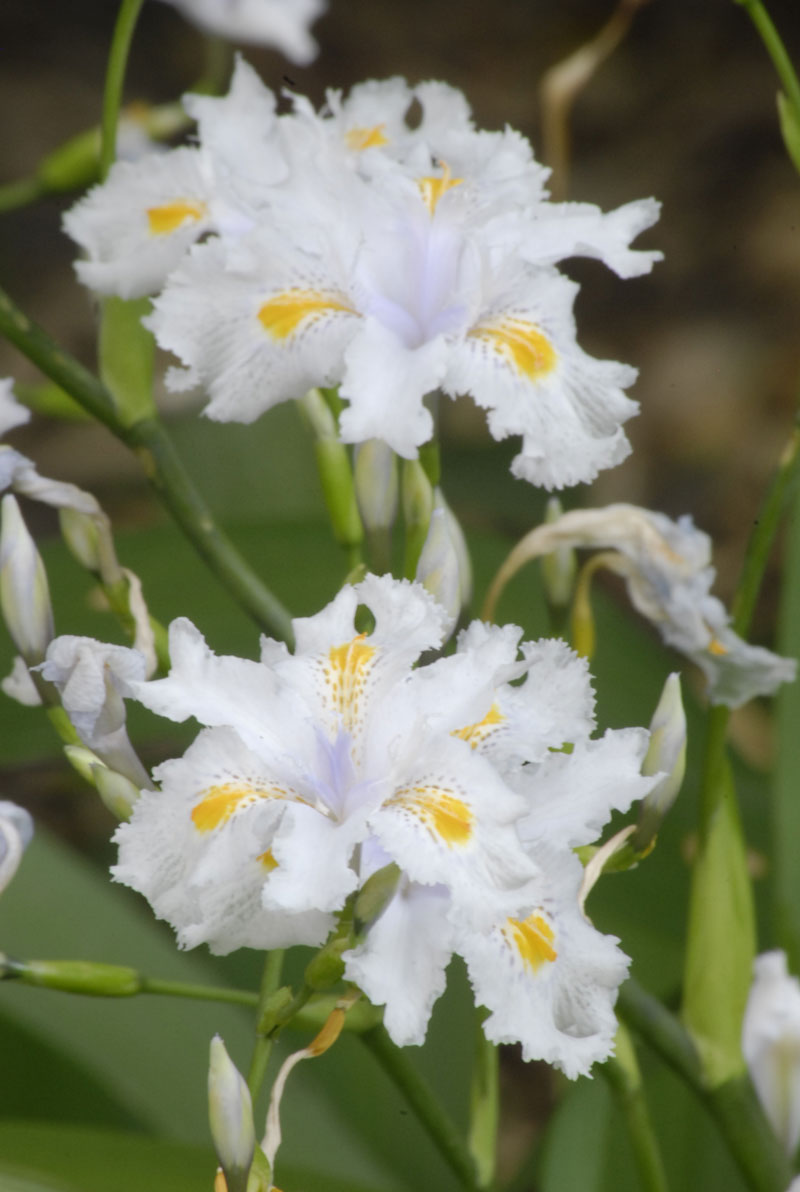
Crested iris japonica
The fringed or Japanese iris is one of the crested species and comes from Japan and China. Evergreen, the pretty, ruffled pale blue and white blooms appear on 60cm spikes in late winter and early spring. They look effective along the edges of paths in shady parts of the garden.
Growing tips
They are easy-to-grow and prefer semi-shaded woodland areas, multiplying quickly into a groundcover via surface-rooting rhizomes. They grow well under trees or shrubs such as Camellia japonica and are good companions to some of the smaller shade-loving flowers of late winter and early spring, such as hellebores and azaleas. The plants like a slightly acidic soil and will cope with quite dry, neglected conditions, but will thrive if watered regularly. They are very easy to propagate by dividing up clumps.
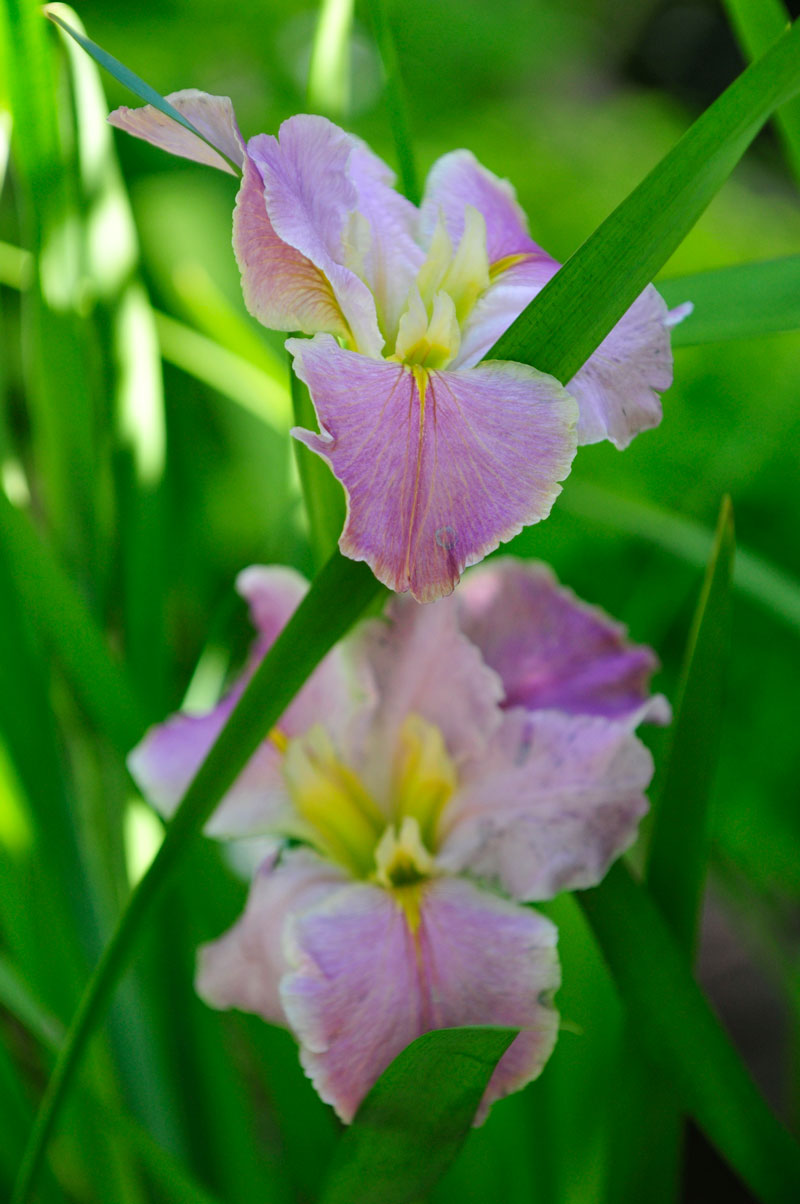
Louisiana iris
Louisiana iris cultivars grow well in virtually the entire country and have the widest colour range of all the iris groups. While this water-loving iris does very well planted in clumps along the edge of a pond, it is remarkably adaptable and can be planted anywhere in the garden, provided it receives plenty of water.
Growing tips
These irises need moist humus-rich, slightly alkaline to slightly acidic soil and can be grown in soggy conditions, alongside shallow water or even in a pond. Best planted in autumn, they love full sun, but in a hot climate, they will grow in light shade. They require wet roots at all times. Make sure there is no root competition if you plant them near trees. Clumps should be divided every 3-4 years; don’t cut back the foliage or disturb the plants during hot weather.
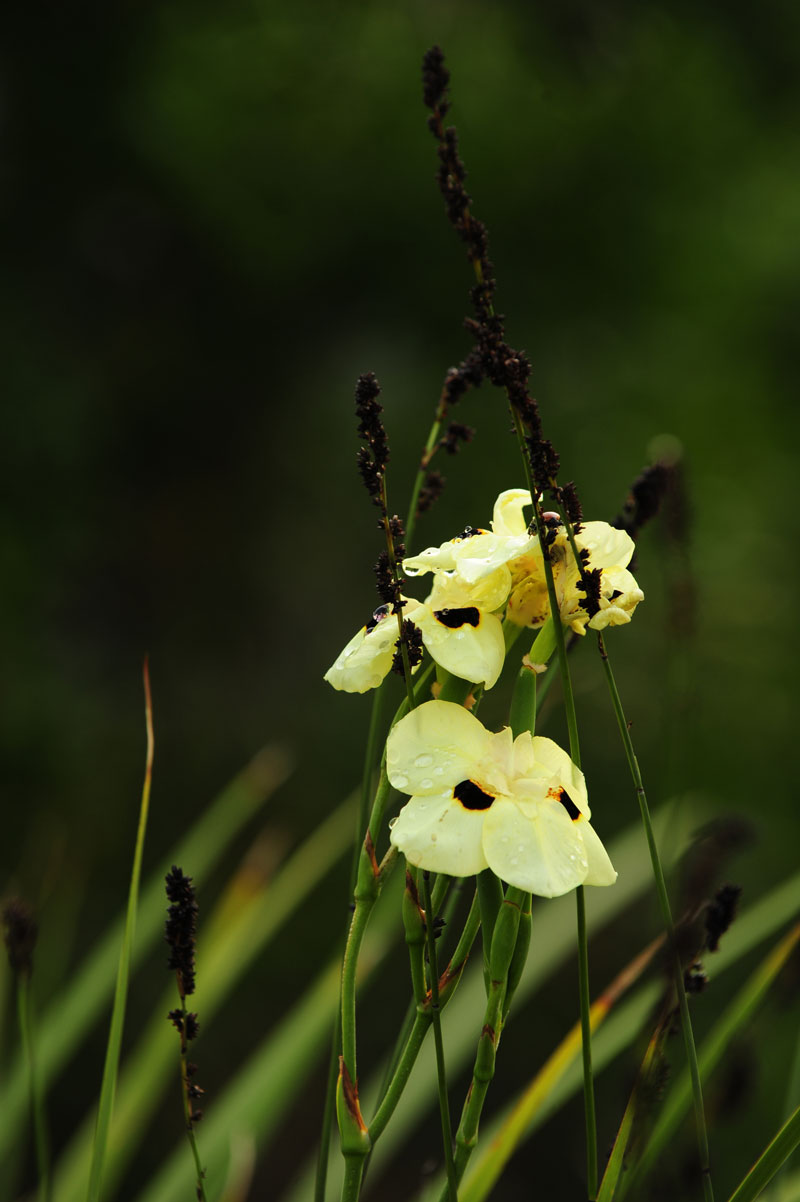
Dietes grandiflora
While all iris species are native to the northern hemisphere we have many members of the general family in SA, the best known of which is dietes. D. grandiflora (below) is also known as the ‘Fairy Iris’ because its fragile petals not only look like fairy wings, but have a tendency to disappear overnight. D. bicolor (above), or the yellow wild iris, is fast growing. Because both varieties perform well in almost any area of the garden they’ve proved to very popular.
Growing tips
Dietes is an evergreen perennial that’s both frost and drought hardy, and while not particularly fussy, it prefers well-composted, well-drained soil and a fair amount of water in summer. It grows well in either full sun or partial shade and is easy to propagate by dividing large clumps which multiply rapidly and are ready to be split again in just a few seasons.


